Optimal Seasons for Rat Fumigation
Rat fumigations are most effective when conducted during periods of increased rodent activity, typically in warmer months. Seasonal factors influence rat behavior, with populations expanding in spring and summer, leading to higher infestation risks. Timing the fumigation during these peak activity periods ensures better control and reduces the likelihood of recurring issues.
Spring and summer are ideal due to increased rat activity and breeding. Conducting treatments during these seasons can help manage larger populations effectively.
Dry, warm weather facilitates better fumigant penetration and reduces treatment disruptions. Avoid periods of heavy rain or high humidity for optimal results.
Preemptive fumigations before peak activity seasons can prevent infestations from establishing, saving costs and minimizing damage.
Regular inspections and scheduled treatments during high-risk periods help maintain rodent-free environments.

Increased activity makes spring an effective time for control measures.
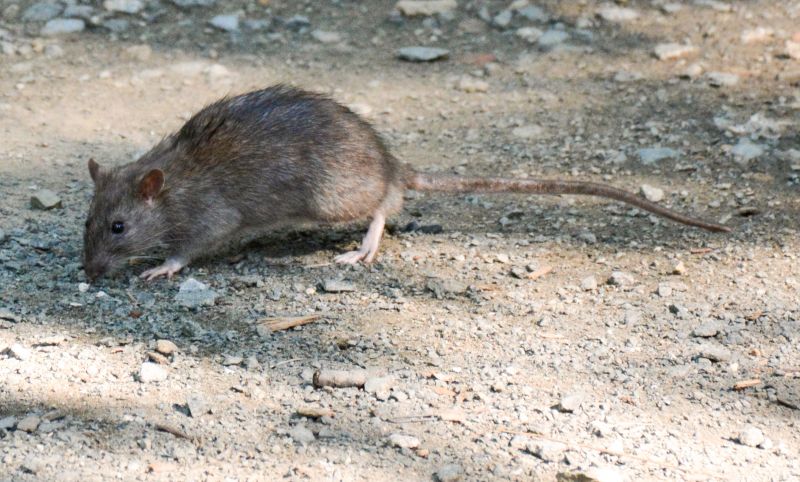
Warm weather encourages rat movement, ideal for fumigation efforts.
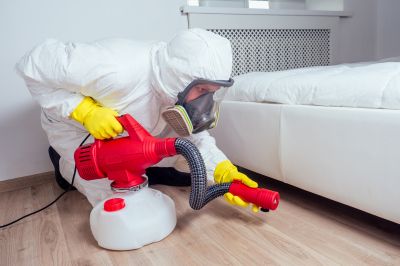
Lower activity levels; fumigation may be less necessary unless infestations persist.
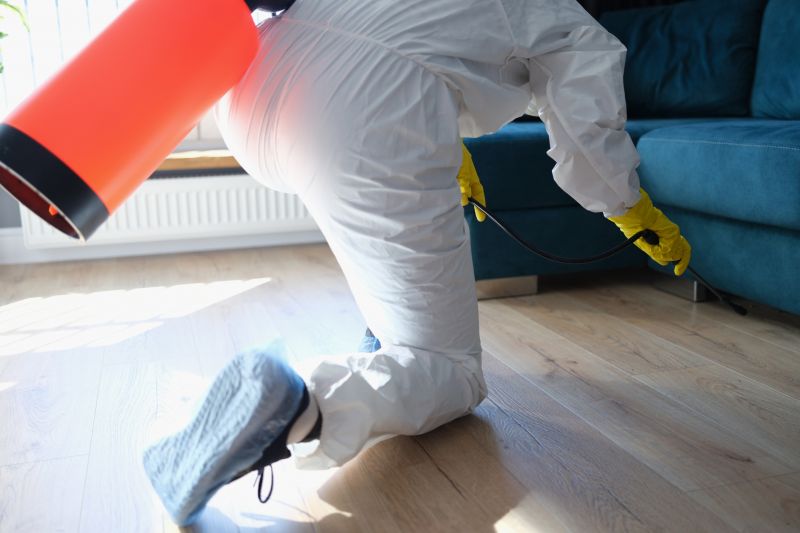
Ways to make Rat Fumigations work in tight or awkward layouts.
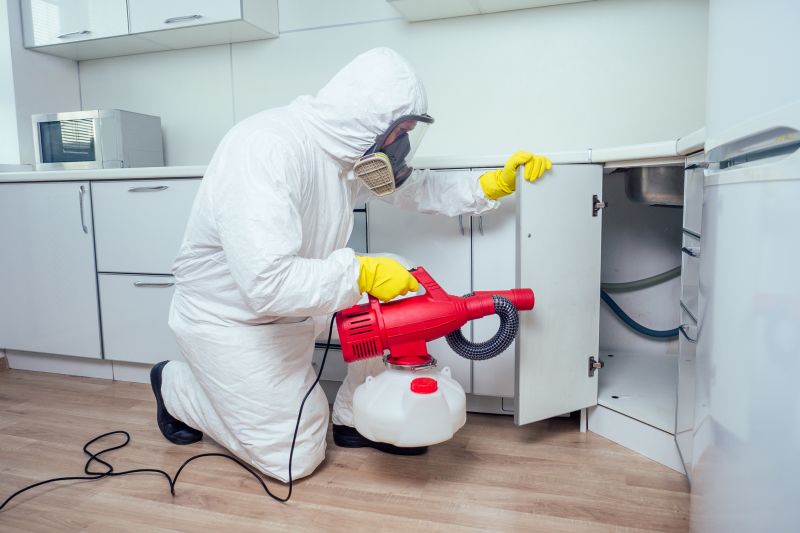
Popular materials for Rat Fumigations and why they hold up over time.
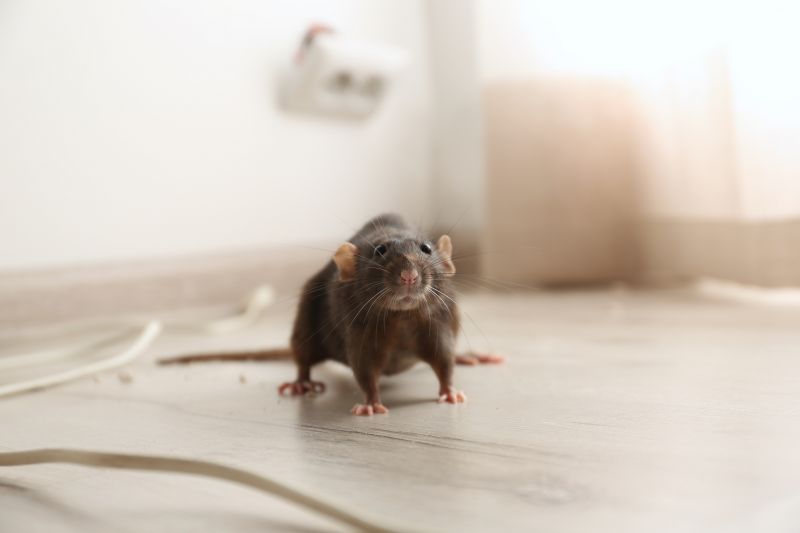
Simple add-ons that improve Rat Fumigations without blowing the budget.
| Season | Recommended Fumigation Timing |
|---|---|
| Spring | Early to mid-spring for peak activity control |
| Summer | Mid to late summer for maximum effectiveness |
| Fall | As activity begins to decline, for ongoing control |
| Winter | Typically less effective, unless infestations are ongoing |
Rat fumigations are a targeted approach to managing rodent populations, utilizing specialized gases to eliminate infestations within structures and surrounding areas. The timing of these treatments is crucial to maximize effectiveness and prevent significant property damage or health risks. Effective control relies on understanding rat behavior patterns, environmental conditions, and seasonal trends, ensuring that treatments are applied when rats are most active and vulnerable.

Specialized tools ensure safe and effective treatment.
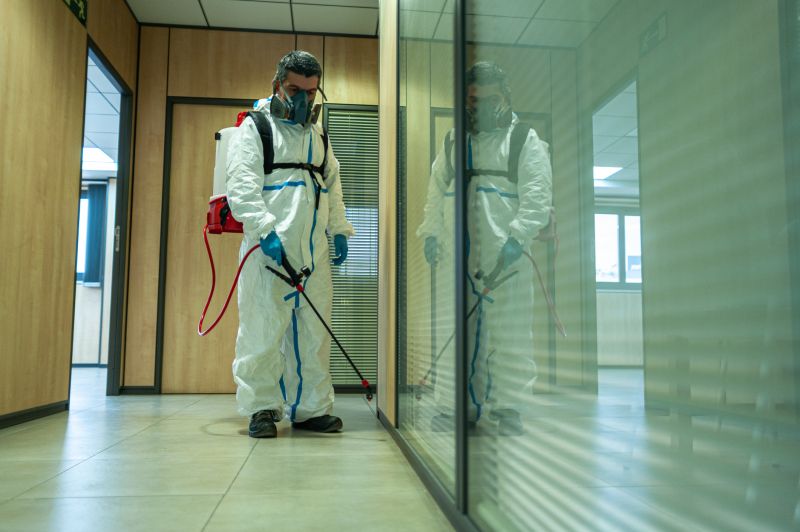
Identifying high-activity zones for targeted fumigation.
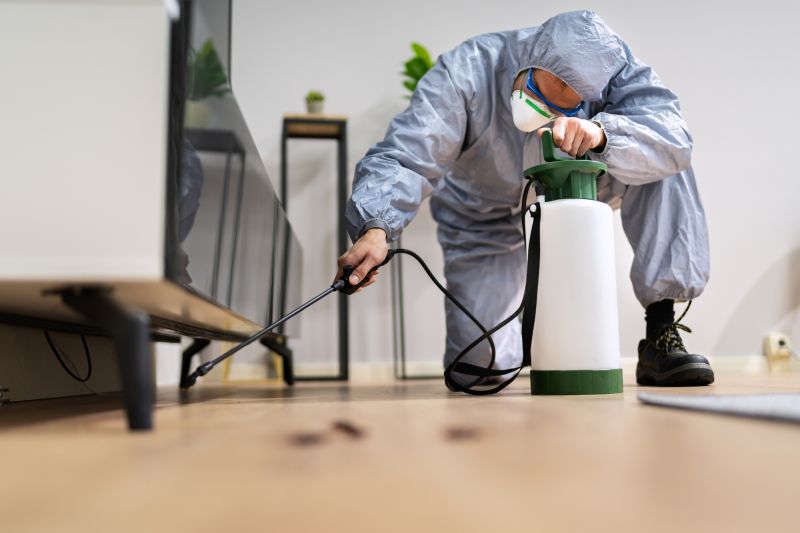
Monitoring treatment success and safety checks.
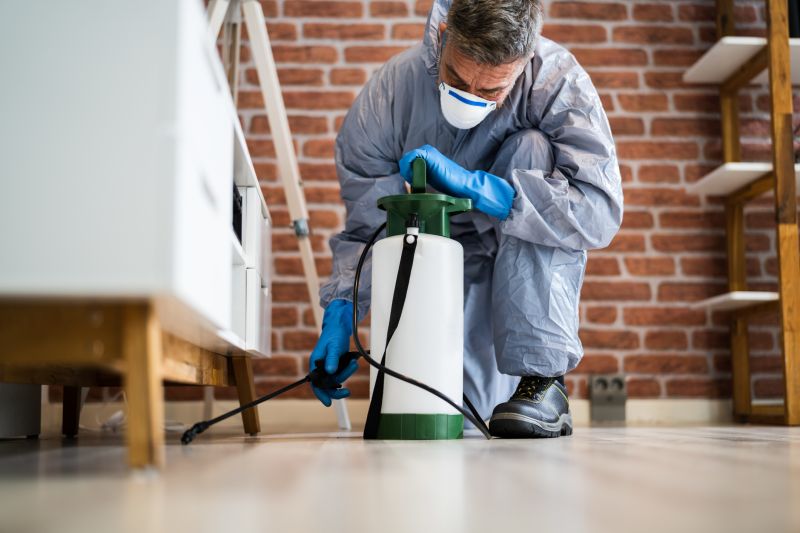
Effective control in various property types.

High-end options that actually feel worth it for Rat Fumigations.
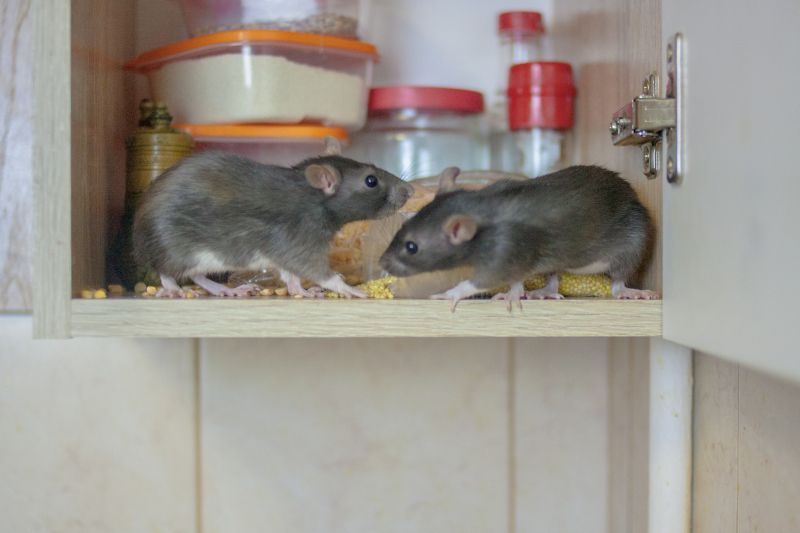
Finishes and colors that play nicely with Rat Fumigations.
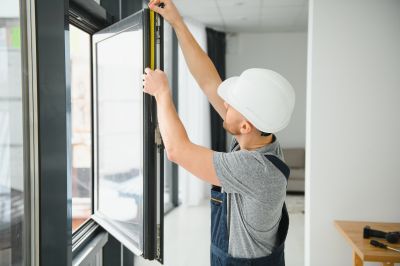
Little measurements that prevent headaches on Rat Fumigations day.
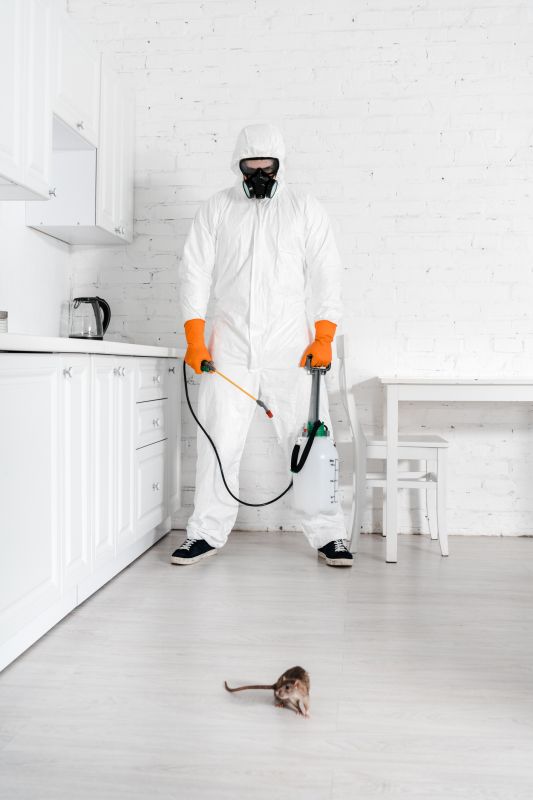
A 60-second routine that keeps Rat Fumigations looking new.
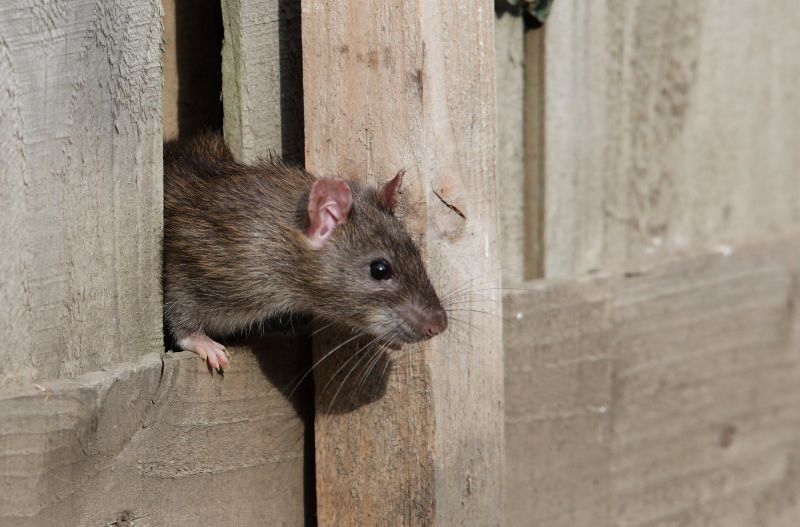
A frequent mistake in Rat Fumigations and how to dodge it.
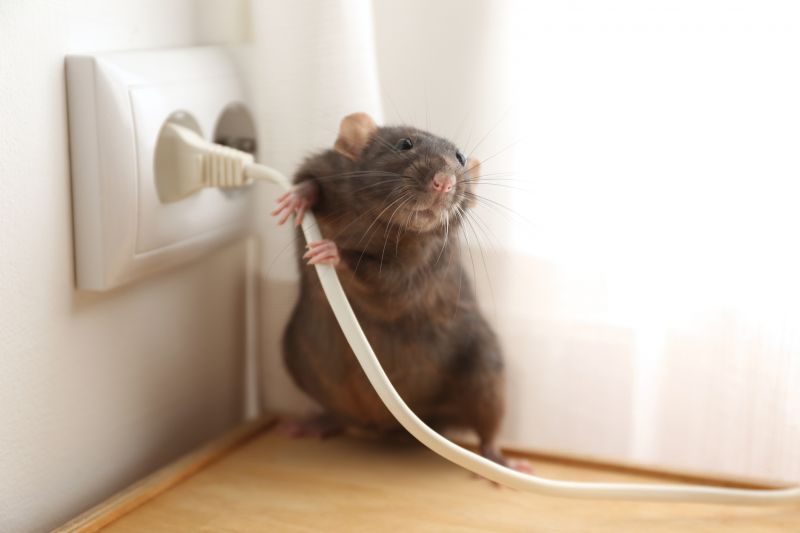
Small tweaks to make Rat Fumigations safer and easier to use.
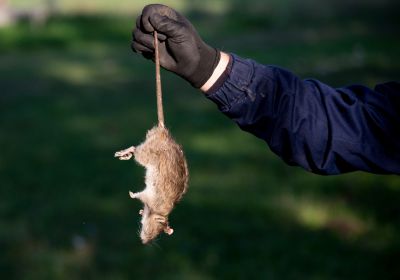
Lower-waste or water-saving choices for Rat Fumigations.

The short, realistic tool list for quality Rat Fumigations.
Understanding the optimal timing for rat fumigations can significantly enhance control efforts, reducing health hazards and property damages associated with rodent infestations. Proper scheduling aligned with environmental and behavioral patterns ensures that treatments are both efficient and effective, contributing to long-term rodent management strategies.
